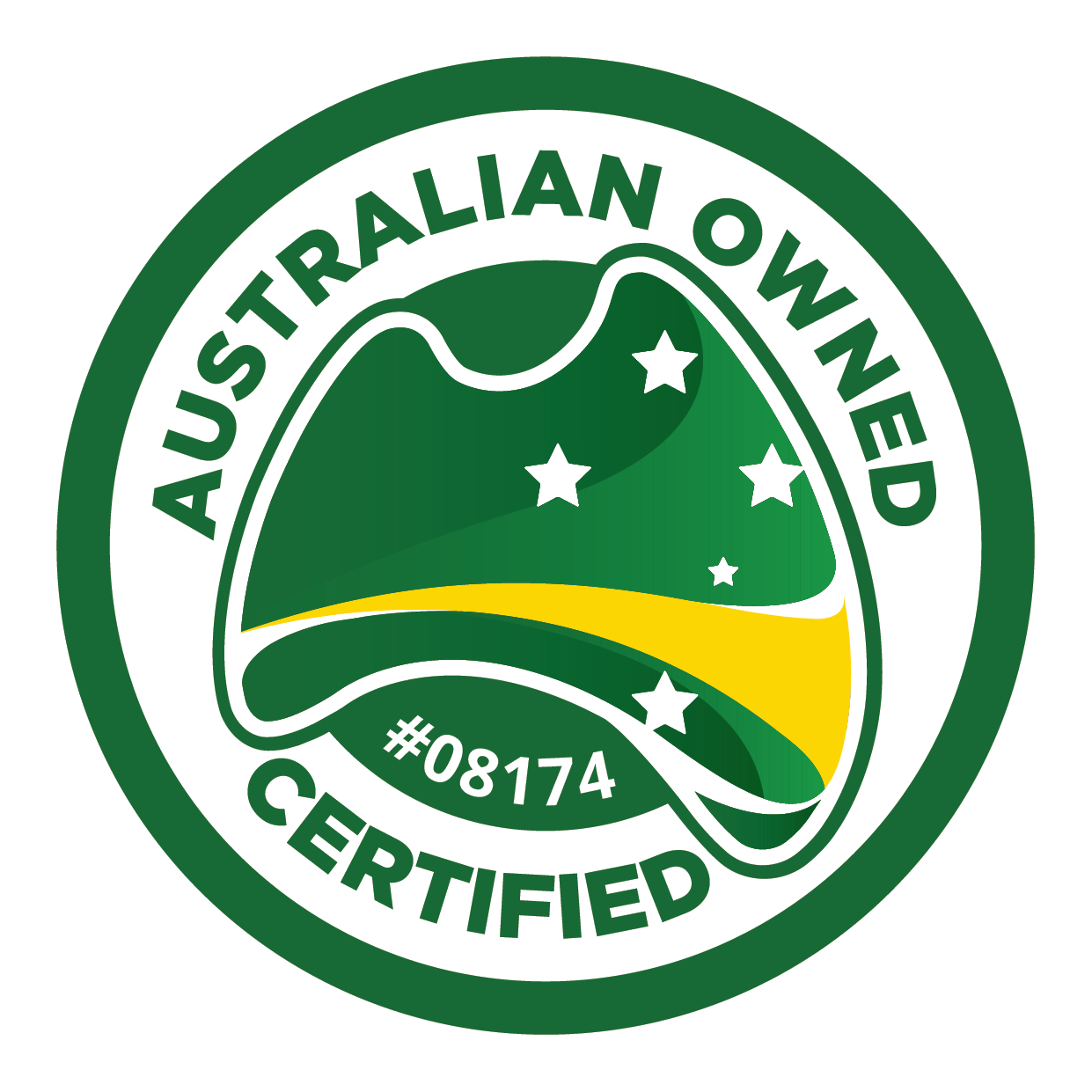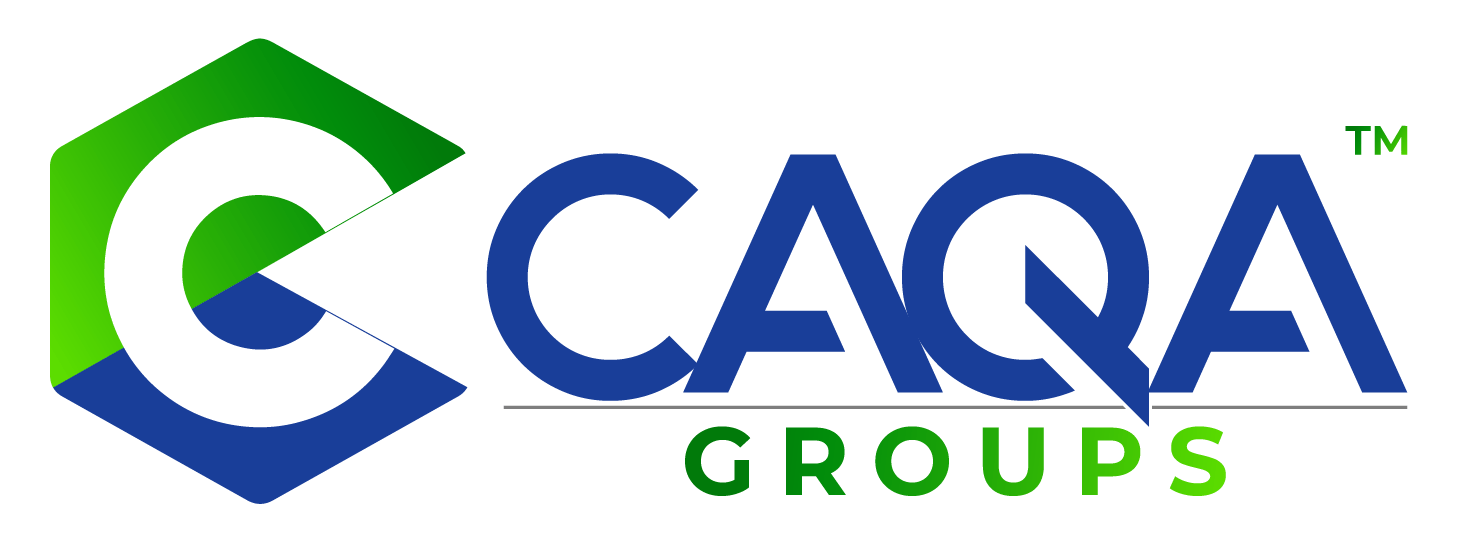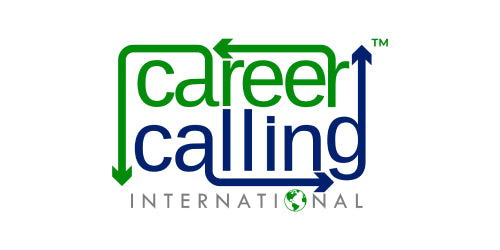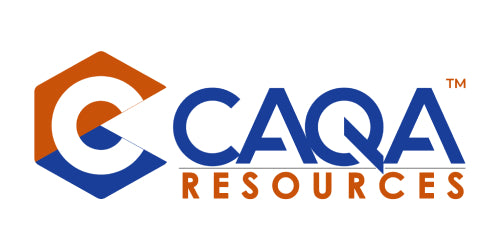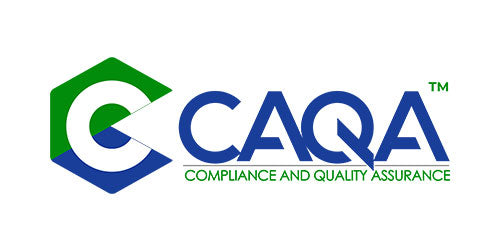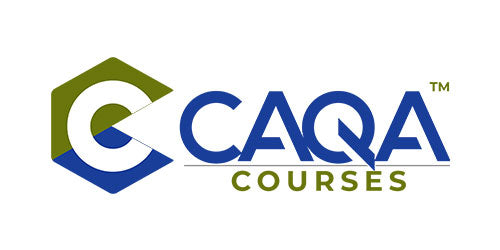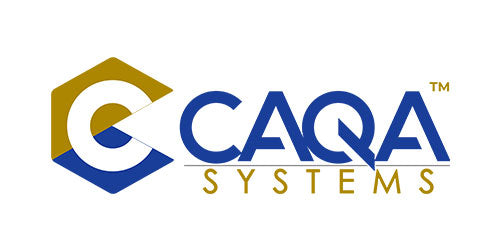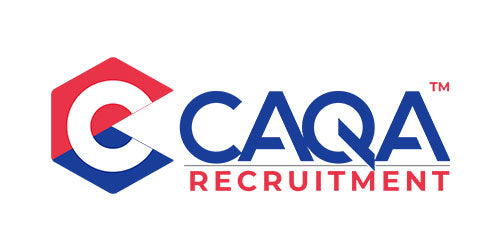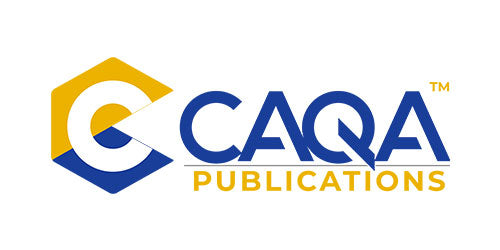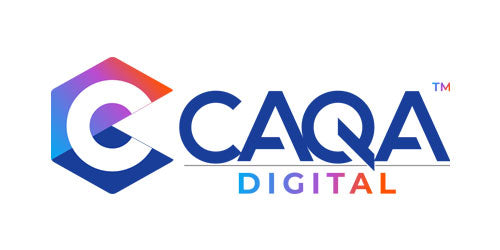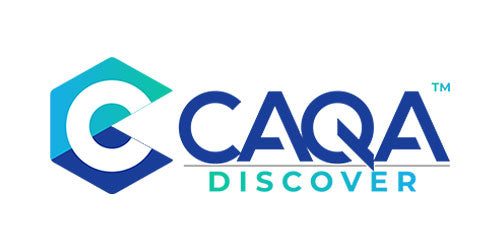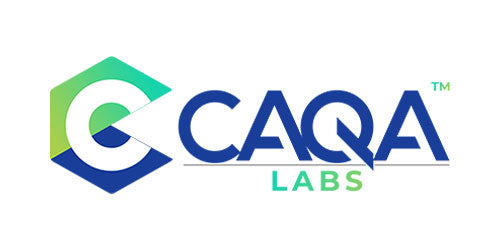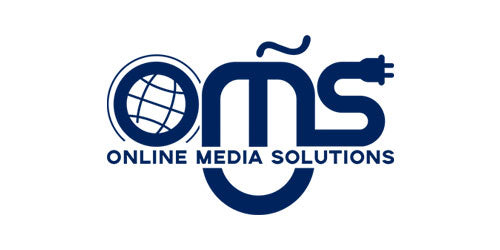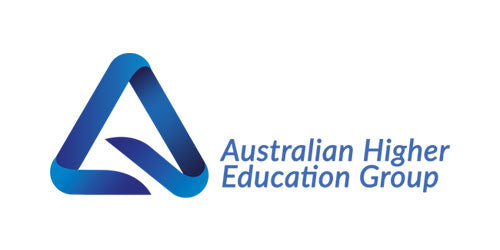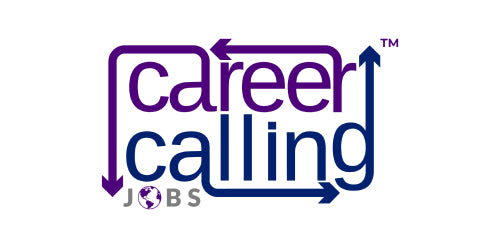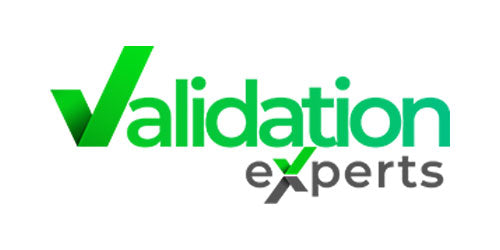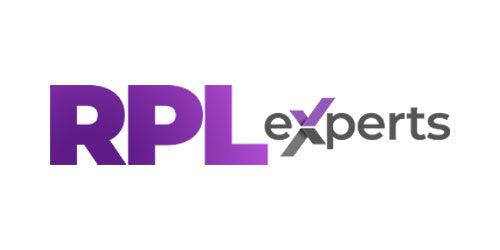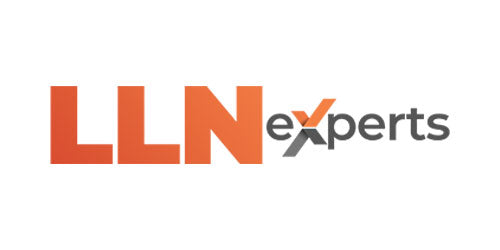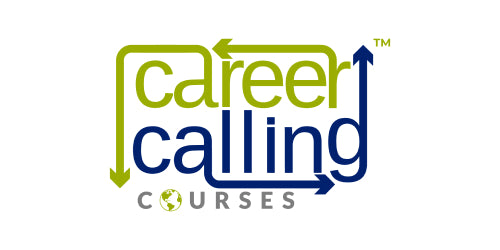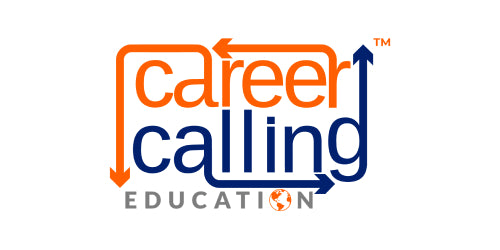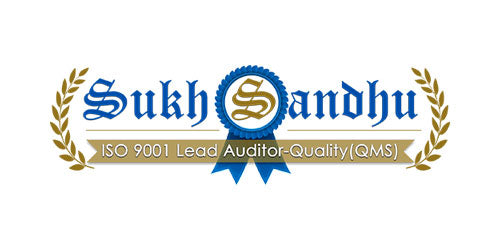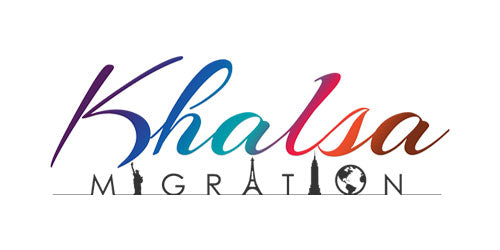The Australian education system is celebrated for its combination of national consistency and flexibility, allowing learners to progress seamlessly between different sectors and levels of study. One of the foundational pillars that upholds this cohesion is the Australian Qualifications Framework (AQF). Established in 1995 and last updated in 2013, the AQF provides a unified policy that spans both Vocational Education and Training (VET) and Higher Education, delineating clear standards and outcomes for qualifications across the country’s educational landscape. From Certificate I in entry-level programs through to Doctoral Degrees at the pinnacle of academic achievement, the AQF’s ten-level structure provides a roadmap for learners, educators, and institutions alike, ensuring national consistency, robust quality assurance, and well-defined pathways for progression. This article offers an in-depth exploration of the AQF’s origins, structure, key features, and implications for Registered Training Organisations (RTOs) and Higher Education providers, culminating in an overview of potential future changes that may shape the framework.
Historical Context and Rationale
Emergence of the AQF
The Australian Qualifications Framework (AQF) emerged as a response to a complex educational landscape in Australia during the early 1990s. Prior to its inception, the nation's education system was characterised by a fragmented approach to qualifications, particularly in the realms of vocational training and university programs. This fragmentation led to challenges in assessing and comparing educational achievements across different sectors and institutions, creating obstacles for both learners and employers.
The early 1990s witnessed a growing chorus of voices calling for national consistency in educational qualifications. This demand was largely driven by the evolving needs of the workforce, which increasingly required clearer and more standardised methods to evaluate learning outcomes and recognise competencies. Employers found it challenging to compare qualifications from different institutions or regions, while learners faced difficulties in transitioning between educational pathways or having their skills recognised across various sectors.
In response to these challenges, the Australian Qualifications Framework was established in 1995. Its primary aim was to unify the previously disparate strands of credentialing under one cohesive framework. This ambitious undertaking sought to encompass a wide range of qualifications, from vocational certificates to advanced research degrees, creating a comprehensive system that could accommodate diverse learning paths and outcomes.
A key motivation behind this unification was the recognition that learners often sought transitions between vocational and academic tracks throughout their careers. For example, an individual might begin their educational journey with a Certificate III in Hospitality through Vocational Education and Training (VET), later decide to pursue a university-level tourism management degree, and then return to the workforce with enhanced leadership skills. Without a national framework to map these qualifications and their relationships, navigating these pathways could be haphazard, inconsistent, and fraught with obstacles.
The development of the AQF was a gradual process, evolving over time to meet the changing needs of learners, educators, and employers. The framework's history is marked by several significant milestones:
1995: The AQF was introduced, with full implementation scheduled for 2000. Initially, it included a range of qualifications from the Senior Secondary Certificate of Education to Doctoral Degrees, encompassing various levels of vocational and academic achievements.
2002: National guidelines for cross-sector linkages were incorporated, facilitating smoother transitions between different educational sectors.
2004: The framework expanded to include national principles and operational guidelines for the recognition of prior learning, acknowledging the value of skills and knowledge acquired outside formal educational settings. The Associate Degree was also added to the framework at this time.
2005: Further expansion occurred with the addition of Vocational Graduate Certificates and Vocational Graduate Diplomas, broadening the range of post-graduate vocational qualifications recognised within the framework.
2009-2010: A comprehensive review of the Australian Qualifications Framework was conducted, leading to significant changes in subsequent years.
2011: The Australian Qualifications Framework First Edition was introduced, incorporating insights from the 2009-2010 review. This edition placed AQF qualification types within a 10-level structure of increasing complexity, providing a clearer hierarchy of educational achievements. It also introduced new policies, including the Qualifications Issuance Policy, Qualifications Pathways Policy, Qualifications Register Policy, and Qualification Type Addition and Removal Policy.
2013: The Second Edition of the AQF was released, further refining and updating the framework based on ongoing feedback and evolving educational needs.
2015: An addendum was published, allowing the use of the qualification title 'Doctor of ...' for specific Masters Degrees (Extended) in fields such as podiatric medicine and clinical podiatry, reflecting the high level of expertise required in these disciplines.
The governance of the AQF has also evolved over time. Initially endorsed by the Ministerial Council on Education, Employment, Training and Youth Affairs (MCEETYA) in 1994, the framework was introduced nationwide on January 1, 1995. The Australian Qualifications Framework Advisory Board (AQFAB) was established in May 1995 to oversee its implementation and development.
Over the years, various editions of the Implementation Handbook were released to guide educational institutions in applying the AQF principles. In 2007, following a review, the AQFAB was replaced by the Australian Qualifications Framework Council (AQFC), which was given a broader mandate to provide policy advice on strengthening the AQF, improving qualification linkages and pathways, and addressing national and international issues related to qualifications policy.
The establishment of the Tertiary Education Quality and Standards Agency (TEQSA) and the Australian Skills Qualifications Authority (ASQA) in 2011 marked another significant shift in the Australian education landscape. These bodies took on regulatory roles that overlapped with some functions of the AQFC.
In the context of the Australian Government's deregulation agenda, the AQFC was deemed redundant and formally disestablished in August 2014. However, recognising the ongoing importance of the AQF, the Minister committed to undertaking a review of the framework within five years. Since then, certain policy and public advice functions related to the AQF have continued to be managed by the Department of Education and Training.
Throughout its history, the AQF has played a crucial role in standardising and clarifying qualifications across Australia's diverse education and training sectors. It has facilitated greater mobility for learners, improved recognition of qualifications both nationally and internationally, and provided a common language for describing educational achievements. As the educational landscape continues to evolve, the AQF remains a vital tool in ensuring the quality, consistency, and relevance of Australian qualifications in the 21st century.
Evolution and Reviews
The AQF has not remained static since its inception. Periodic reviews have prompted adjustments to reflect shifts in both the workplace and the broader educational sphere. Major updates in 2013 refined how learning outcomes were articulated, placing greater emphasis on the real-world application of skills. Another key evolution was the recognition of graduate certificates and graduate diplomas across both VET and Higher Education contexts, highlighting that advanced training could occur in professional areas outside traditional academic pathways.
Even though the current “Second Edition” of the AQF dates to 2013, the framework has witnessed incremental modifications, including the introduction of undergraduate certificates responding to crises such as the COVID-19 pandemic. These smaller credentials offered short-cycle learning opportunities, emphasising agility in meeting emergent skill demands. This capacity to adapt is partly why the AQF remains integral to Australia’s educational structure—over time, it has consistently demonstrated responsiveness to national needs without undermining the core principle of high-quality, outcome-focused qualifications.
The AQF review and proposed changes will be addressed in greater detail in another article in our magazine and newsletter.
AQF Levels and Corresponding Qualifications
Perhaps the most recognisable facet of the AQF is its ten-level system. Each AQF level correlates to specific expectations in terms of knowledge depth, skill complexity, and the autonomy learners exhibit in applying these competencies. While some levels cater predominantly to the VET sector and others to Higher Education, overlap exists in certain Diploma and Graduate programs, illustrating how both sectors converge around the concept of recognised competency and knowledge progression.
Levels 1 to 6 and 8: VET Sector
-
Level 1: Certificate I
Foundational qualifications provide basic factual knowledge and fundamental operational skills. Learners often perform tasks under direct supervision. -
Level 2: Certificate II
Represents a more advanced set of routine tasks. While still supervised, learners at this level show increased independence compared to Level 1. -
Level 3: Certificate III
Learners demonstrate a broad range of skilled applications, capable of solving predictable problems and working with some autonomy. -
Level 4: Certificate IV
Emphasises more specialised knowledge and problem-solving capabilities. Individuals exercise a degree of responsibility for both their work and the outcomes of others. -
Level 5: Diploma
Diplomas can belong to either VET or Higher Education contexts. In the VET environment, a Diploma indicates substantial theoretical knowledge and technical skills, enabling learners to carry out complex tasks, often with leadership or supervisory responsibilities. -
Level 6: Advanced Diploma
Learners at this level command broad knowledge bases and specialised technical expertise. They frequently manage teams, oversee projects, and make strategic decisions. -
Level 8: Graduate Certificate, Graduate Diploma (VET)
Although more commonly associated with Higher Education, graduate certificates and diplomas can be offered in the VET sector too. These qualifications typically require advanced knowledge in a specialised field or a detailed exploration of a particular discipline.
Levels 5 to 10: Higher Education Sector
-
Level 5: Diploma
In Higher Education contexts, Diplomas can be designed for academic bridging or short courses that emphasise theoretical underpinnings. -
Level 6: Associate Degree, Advanced Diploma
Associate Degrees introduce academic depth while retaining practical skill elements. Higher Education Advanced Diplomas may share conceptual overlaps with their VET counterparts but differ in theoretical scope and academic rigour. -
Level 7: Bachelor Degree
The Bachelor's Degree stands as the core undergraduate qualification, embedding theoretical knowledge and foundational research skills. Typically, learners develop specialised knowledge bases complemented by broad, transferable aptitudes in communication and analysis. -
Level 8: Bachelor Honours Degree, Graduate Certificate, Graduate Diploma
Honours degrees involve deep, specialised studies and may include a research component. Graduate Certificates and Graduate Diplomas in the Higher Education sector frequently cater to professionals seeking to upskill or pivot in their careers, though the specifics and scope can vary greatly from their VET sector equivalents. -
Level 9: Master’s Degree
Master’s qualifications revolve around advanced theoretical and practical knowledge. Depending on the discipline, they may include a research thesis or purely professional coursework, instructing learners in sophisticated problem-solving techniques and independent research capabilities. -
Level 10: Doctoral Degree
The highest academic credentials are doctoral degrees (PhDs), which emphasise substantial, original contributions to knowledge or professional practice. Doctoral candidates not only conduct novel research but also demonstrate the ability to articulate complex arguments, supervise others’ work, and push disciplinary frontiers.
Key Features of AQF Levels
The AQF organises each level around three core dimensions:
-
Knowledge: Ranges from basic factual knowledge (Levels 1 and 2) through to highly specialised and theoretical constructs (Levels 9 and 10). This ensures that learners gradually progress from understanding everyday tasks to deeply conceptual fields.
-
Skills: Spans from elementary procedures or tasks performed under guidance to expert-level problem-solving and critical thinking required in advanced or leadership roles.
-
Application: Reflects the autonomy and judgment learners exercise, shifting from structured tasks in supervised settings toward independent project management and broader responsibility for others’ performance at higher levels.
These key features collectively enforce a consistency that helps students, employers, and educational institutions identify whether a certain qualification fosters appropriate readiness for specific occupational functions or further academic pursuits.
Unique Aspects of the AQF
While most educational frameworks share some structural logic—escalating difficulty, increasing autonomy—the AQF has a few distinctive characteristics that set it apart:
Overlap Between VET and Higher Education
Diplomas (AQF Level 5) and Advanced Diplomas (Level 6) can emerge from either the VET or Higher Education sectors. Although the fundamental skill levels may align, the nature of the coursework, research components, and theoretical depth can vary. This overlap fosters robust pathways for learners who may start in VET but aspire to undertake higher-level courses—like bridging from a Diploma in Community Services to a Bachelor of Social Work.
Graduate Certificates and Diplomas (Level 8)
Graduate Certificates and Diplomas occupy a unique space, bridging professional upskilling and advanced theoretical exploration. Whether offered within the VET or Higher Education sectors, these qualifications demand sophisticated analytical abilities, specialised domain knowledge, and the capacity to innovate or manage in complex settings. For instance, a Graduate Diploma in Project Management might serve a professional seeking advanced leadership roles in large-scale programs, while a Graduate Certificate in Teaching might allow a teacher to specialise in adult learning.
Undergraduate Certificates
A more recent addition, Undergraduate Certificates were introduced to address emergent educational demands, notably during the COVID-19 pandemic. Although these short-form qualifications provide accredited knowledge in selected skill sets, they do not slot cleanly into the AQF’s established levels. Some can correspond to levels 5, 6, or 7, but they exist as short, flexible credentials that do not yet hold an official place in the AQF’s standard structure. Their presence indicates the system’s adaptability while hinting at future possibilities for formal integration.
Importance for RTOs and Higher Education Providers
Compliance
Regardless of domain or complexity, all qualifications must map directly to the AQF. For RTOs, aligning with the AQF ensures that their offerings carry national credibility. Regulatory bodies such as the Australian Skills Quality Authority (ASQA) in the VET sector or the Tertiary Education Quality and Standards Agency (TEQSA) in Higher Education use AQF guidelines to accredit providers, audit their compliance, and monitor ongoing quality. Substantial deviations or misalignment can provoke compliance breaches, risking an RTO’s registration.
Course Design
Designing courses consistent with AQF descriptors simplifies the process of setting learning outcomes, performance standards, and assessment strategies. Suppose an RTO is planning a new Diploma-level qualification: they must consult Level 5 descriptors to ensure that the program fosters the requisite depth of theoretical knowledge, technical skills, and measure of autonomy and responsibility. This clarity helps course developers create meaningful content that meets both learner needs and regulatory criteria.
Pathways and Credit Transfer
The AQF also underpins the credit transfer and recognition of prior learning (RPL) systems in Australia. Since each level and qualification is standardised, individuals who complete, say, a Certificate IV in TAFE can more easily shift into an Advanced Diploma or a Bachelor program at a university, depending on articulation agreements. This fluidity promotes student mobility, enabling continual upskilling without redundant coursework. RTOs often highlight these pathways to prospective students who value flexible careers or educational progressions.
Quality Assurance
Because each level has explicit knowledge, skills, and application requirements, the AQF fosters consistent quality across thousands of RTOs and higher education institutions. When regulators conduct audits or reaccreditation reviews, they refer to the AQF to confirm that a given course genuinely addresses the complexity and scope expected at that level. Moreover, alignment with the AQF instils trust in employers, who can recruit candidates with confidence, knowing that an AQF-compliant qualification meets consistent, robust standards.
Ongoing Relevance and Adaptations
Meeting Industry Demands
Industry sectors—from resources and construction to technology and health—evolve, and so must the qualifications that feed their workforce. The AQF’s inherent design is broad enough to accommodate nuanced adjustments within training packages, ensuring that new competencies (like emerging software proficiencies or green energy practices) filter into recognised qualifications without requiring a wholesale reinvention of the framework.
Regular Reviews
Although last updated comprehensively in 2013, the AQF is subject to periodic scrutiny by advisory bodies and government committees to keep it aligned with contemporary educational philosophies and workforce realities. During these reviews, experts from multiple areas gather feedback from providers, industries, and learners to propose modifications. Such iterative fine-tuning allows the framework to remain stable yet adaptable, ensuring that if a certain skill set becomes obsolete or an emerging field demands specialised recognition, the AQF can incorporate these shifts without losing overall coherence.
Technological Shifts
Education’s migration toward digital modes, e-learning, and remote delivery has accentuated the significance of specifying technology use within skill requirements. While the AQF does not explicitly list technology outcomes for each level, many updates to training packages reflect these developments. In turn, RTOs and universities embedding these elements rely on the synergy between industry input and the standardised structure of AQF qualifications to ensure learners master necessary technologies.
Potential Future Changes
As of January 2025, the sector remains under the 2013 edition. However, educational leaders and policymakers have flagged possible adjustments to reflect the rise of micro-credentials, increased global student mobility, and advanced recognition of digital competencies. While it remains unclear exactly when or how these changes might manifest, RTOs and higher education providers would do well to stay informed and participate in consultation processes that shape the next iteration of the AQF.
Practical Insights for RTOs
For Registered Training Organisations, effectively adhering to and implementing the AQF can yield several advantages. Below are common best practices:
-
Regular Curriculum Audits: Ensure that each qualification offered precisely aligns with the descriptive criteria at its designated level. Checking that performance tasks, theoretical depth, and application match the AQF level fosters consistent quality.
-
Transparent Marketing: When promoting courses, RTOs should clearly indicate the AQF level to enable prospective learners, employers, and other institutions to discern where the qualification sits. Clear identification also helps prospective learners understand how it may articulate higher-level qualifications.
-
Industry Partnerships: Collaboration with local employers or industry groups keeps courses current. If feedback indicates that certain competencies are emerging as must-haves, RTOs can integrate them into the relevant training package or propose new electives.
-
Tailored Pathways: RTO managers can design custom bridging options for students aiming to progress, for example, from a Diploma (Level 5) to a Bachelor’s (Level 7). Strategically highlighting these pathways makes an RTO more appealing and aligns with the AQF’s overarching mission of fluid, lifelong learning.
-
Professional Development for Staff: Keeping trainers and course developers updated about the nuances of each AQF level is essential. Workshops, conferences, or local cluster meetings can ensure staff remain conversant with changes in the framework or the rationale behind certain level descriptors.
Impact on Learners and Employers
Beyond RTOs and universities, the AQF has a direct bearing on how learners navigate their career and educational journeys. Some common benefits include:
-
Transparency in Skill Levels: A learner who finishes a Certificate IV understands that they hold a qualification that demands a higher level of autonomy and complexity than a Certificate III but less theoretical breadth than a Diploma. This clarity helps them pitch their competencies to employers or plan further study.
-
Defined Career Pathways: By mapping out each AQF level, learners see potential progressions, such as stepping from Certificate III (entry-level trades) to Certificate IV (team leadership), culminating in a Diploma that might open more managerial roles. The scaffolding fosters an environment supportive of continued growth.
-
Employer Confidence: Employers can reference the AQF to grasp what a prospective employee’s qualifications entail. If a candidate claims a Level 8 Graduate Diploma, for example, the hiring manager can anticipate advanced problem-solving skills or specialised knowledge surpassing that of a Diploma-level graduate.
The Australian Qualifications Framework (AQF) stands as a hallmark of structure and consistency within the national educational sphere, unifying vocational and academic credentials under one comprehensive policy. Tracing its origins to the mid-1990s, the AQF has undergone refinements that preserve its fundamental purpose: ensuring standardised levels, each with its defined knowledge, skill, and application thresholds. Spanning from the foundational Certificate I to the research-intensive Doctoral Degree, each level cements a clear identity, enabling RTOs, universities, students, and employers to speak a shared language about educational achievements.
For Registered Training Organisations, the AQF’s vantage point on compliance, course design, and quality assurance provides ample guidance in shaping qualifications that truly meet industry needs. RTO managers can harness the system’s clarity to design coherent pathways, highlighting how a qualification fosters tangible skill development matching real job roles. In turn, learners benefit from transparent descriptors of each AQF level, bridging credentials between the VET and Higher Education sectors whenever they choose to advance.
Given the swiftly evolving labour market and global educational trends, the AQF’s capacity to adapt remains pivotal. Short-course credentials like undergraduate certificates exemplify how the framework can respond, albeit somewhat outside of its official level structures, to urgent issues or shifting demands. As technology reshapes industries and micro-credentials gain traction, one might anticipate future changes to the AQF that integrate these novel delivery modes or assessment methods. Yet the overarching principles remain consistent: to champion qualifications that meet national standards, reflect current industry practices, and promote learner progression throughout careers.
Ultimately, the AQF fosters a seamless, nationwide approach to organising, delivering, and certifying learning, undergirded by a robust set of levels that continue to underpin Australia’s status as a leader in vocational and higher education. By understanding how each level correlates to distinct skills, knowledge, and contexts and by embracing the synergy between VET and Higher Education under the framework, stakeholders can confidently build programs that uphold quality and relevance in an ever-advancing educational landscape.
















